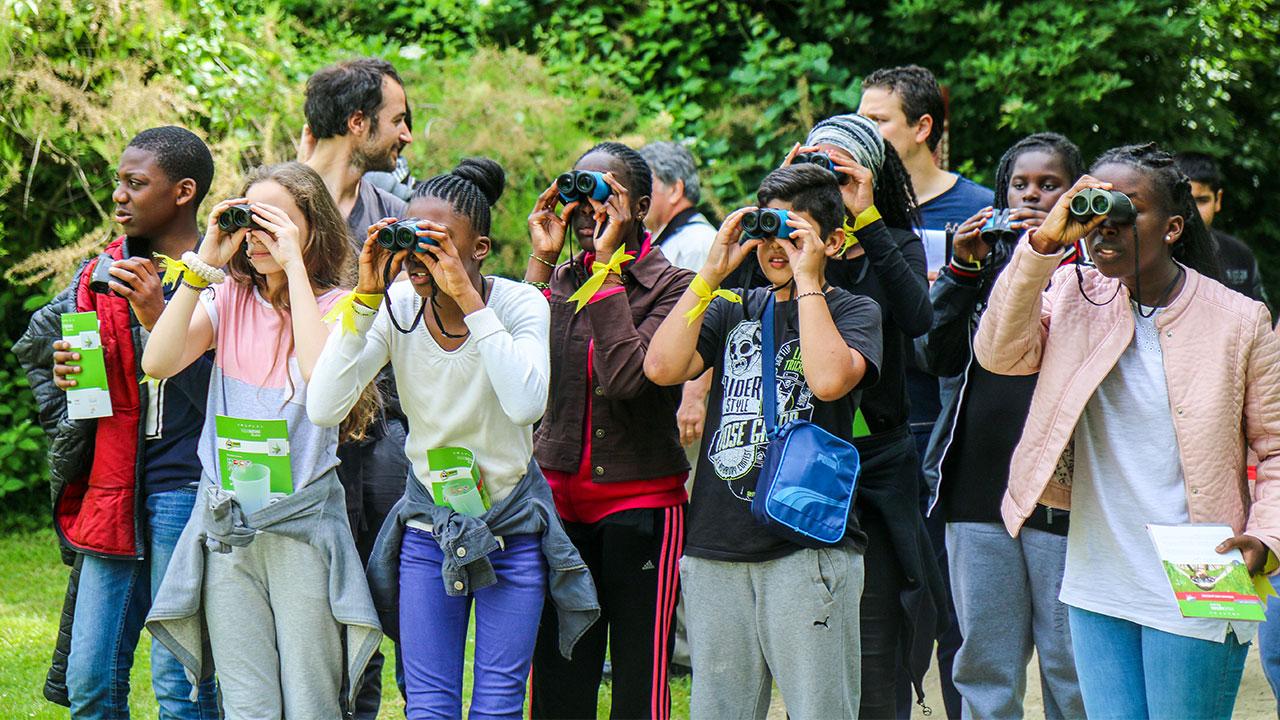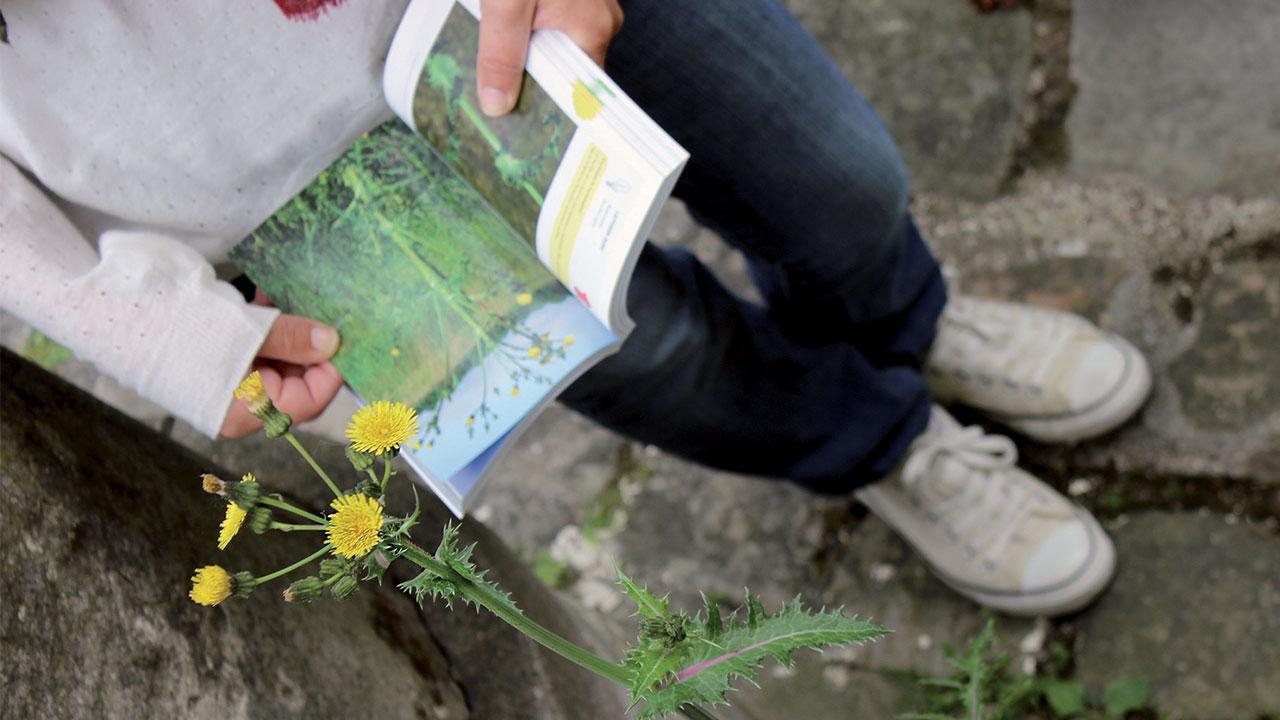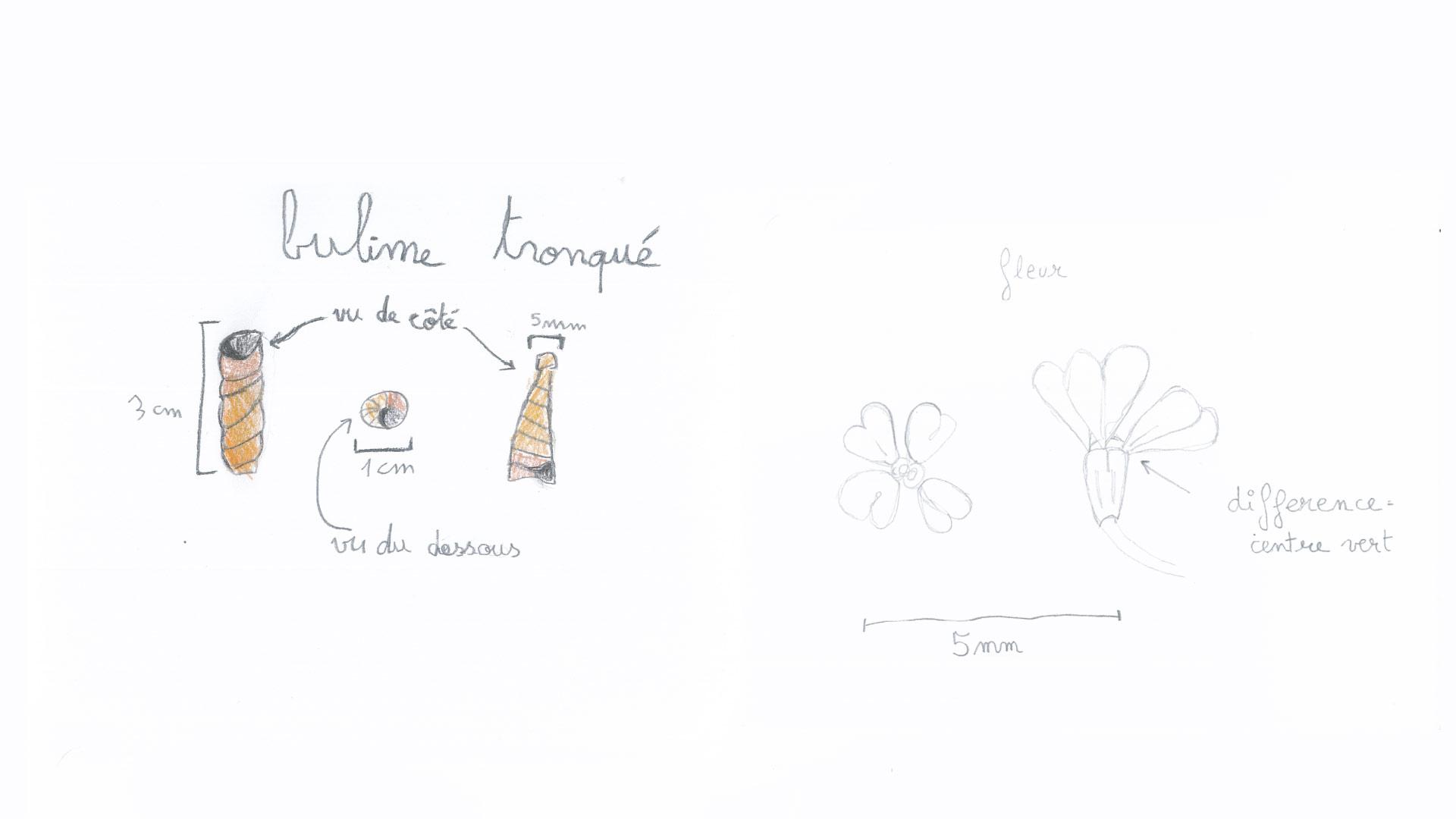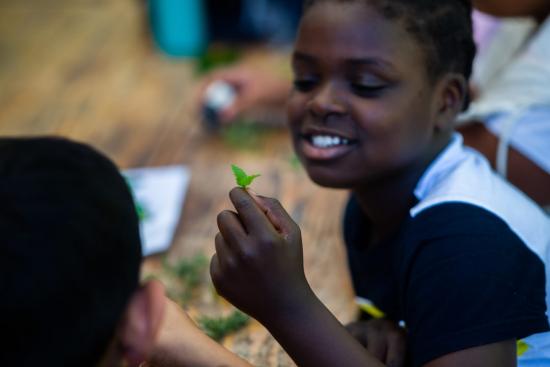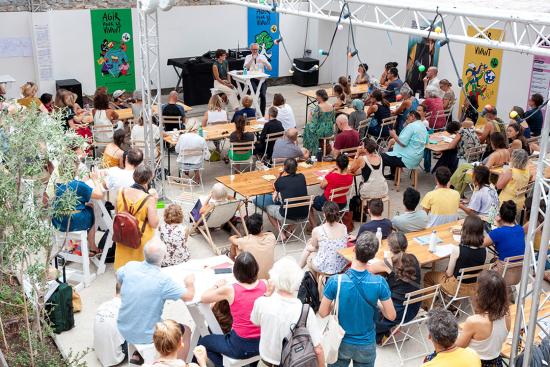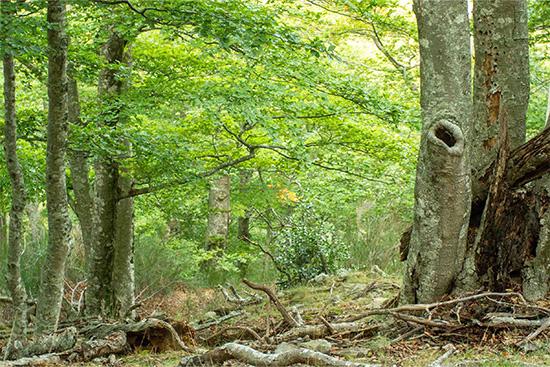Every one of us can become a biodiversity observer. In cities and in the countryside, curious people – from families and children to experienced naturalists – can help collect information about the nature that surrounds us. For the past twenty years, Vigie-Nature has offered simple and effective protocols that are available to all to allow the observation of birds, bats, snails, dragonflies, pollinating insects and wild urban plants. The data collected using these protocols is submitted to scientists for processing and analysis.
As part of its commitment to the preservation of biodiversity, since 2019 the Fondation d’entreprise Hermès has supported Vigie-Nature École, a version of Vigie-Nature conceived specially for pupils in primary school onwards. This project for young people enables schoolchildren of all ages to contribute to a scientific effort that, in turn, offers them a chance to engage directly with the natural world. From observing how many insects land on a single plant over the course of twenty minutes, to counting the population of snails in a given area, or surveying the wild plants growing in the streets of a particular neighbourhood, the programme offers a wealth of opportunities to monitor the strength of everyday biodiversity, up close and in real time.
By measuring the abundance and diversity of species – two key metrics for evaluating the well-being of the plants and wildlife that surround us every day – Vigie-Nature École represents a fundamental tool for scientific researchers. A playful spirit, meanwhile, makes the programme an effective means of raising young people’s environmental awareness whilst introducing them to scientific methods. Indeed, in return for the collection of data, researchers share their analysis with participating schools. In this way, following their experience in the field, pupils can discover the erosion of biodiversity in contexts that are familiar to them, whether they live in cities or in the countryside.
Since 2024, at the initiative of the Fondation d'entreprise Hermès, the programme has invited pupils to discover and practice observational drawing. Used by scientists for centuries to depict the living world, this technique helps to improve the quality of the data collected by encouraging keen attention to detail. This approach also enriches the pupils' experience of nature, sparks their curiosity and helps to assuage any fears they might have about particular insects. Having experienced a greater proximity with the living world, tomorrow's citizens will be more inclined to protect it.
Every year, more than 10,000 schoolchildren take part in the various Vigie-Nature École initiatives, sharing their observations with the teams of scientists at the Muséum National d'Histoire Naturelle. This valuable data helps to bolster researchers' knowledge of ordinary biodiversity.
